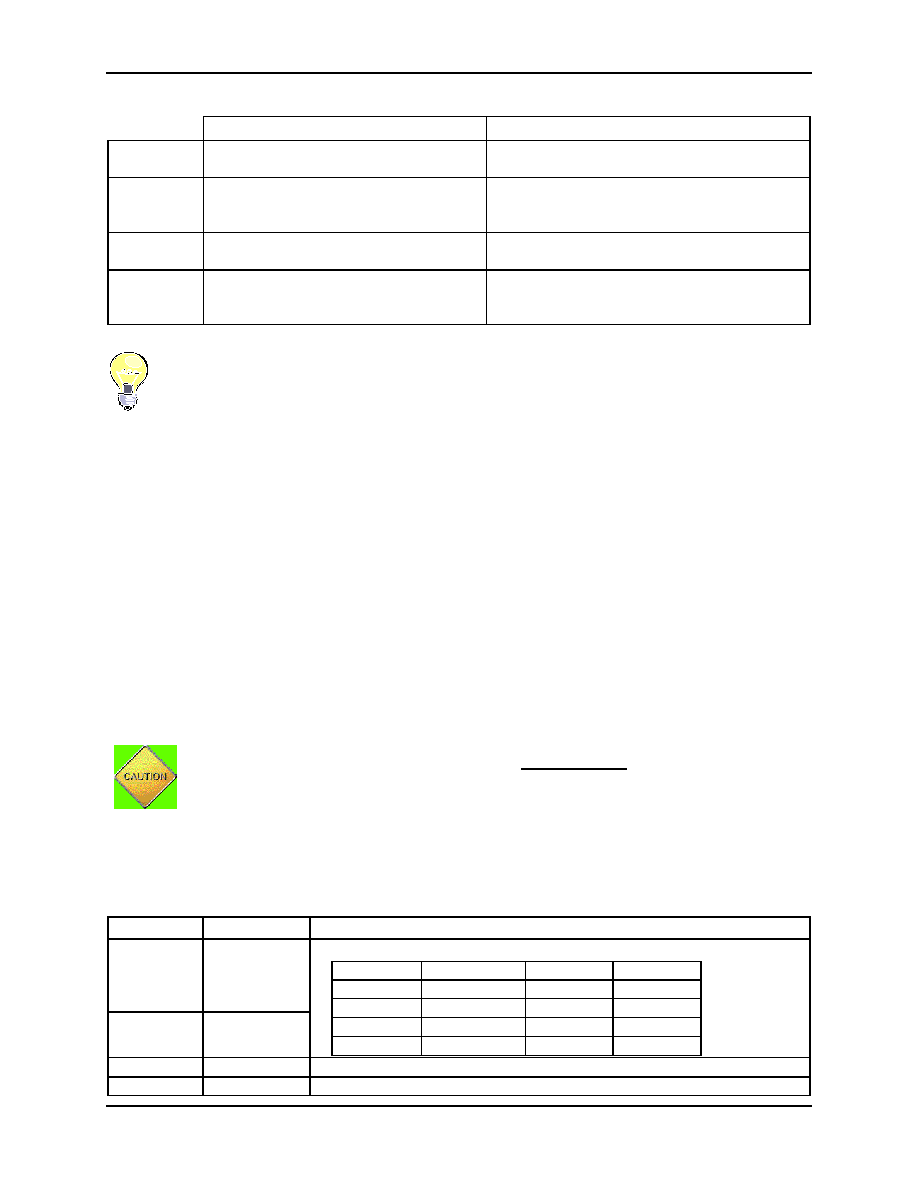- 您現(xiàn)在的位置:買賣IC網(wǎng) > PDF目錄68812 > 71M6543GH-IGT/F (MAXIM INTEGRATED PRODUCTS INC) SPECIALTY ANALOG CIRCUIT, PQFP100 PDF資料下載
參數(shù)資料
| 型號: | 71M6543GH-IGT/F |
| 廠商: | MAXIM INTEGRATED PRODUCTS INC |
| 元件分類: | 模擬信號調(diào)理 |
| 英文描述: | SPECIALTY ANALOG CIRCUIT, PQFP100 |
| 封裝: | LEAD FREE, LQFP-100 |
| 文件頁數(shù): | 89/157頁 |
| 文件大小: | 2178K |
| 代理商: | 71M6543GH-IGT/F |
第1頁第2頁第3頁第4頁第5頁第6頁第7頁第8頁第9頁第10頁第11頁第12頁第13頁第14頁第15頁第16頁第17頁第18頁第19頁第20頁第21頁第22頁第23頁第24頁第25頁第26頁第27頁第28頁第29頁第30頁第31頁第32頁第33頁第34頁第35頁第36頁第37頁第38頁第39頁第40頁第41頁第42頁第43頁第44頁第45頁第46頁第47頁第48頁第49頁第50頁第51頁第52頁第53頁第54頁第55頁第56頁第57頁第58頁第59頁第60頁第61頁第62頁第63頁第64頁第65頁第66頁第67頁第68頁第69頁第70頁第71頁第72頁第73頁第74頁第75頁第76頁第77頁第78頁第79頁第80頁第81頁第82頁第83頁第84頁第85頁第86頁第87頁第88頁當前第89頁第90頁第91頁第92頁第93頁第94頁第95頁第96頁第97頁第98頁第99頁第100頁第101頁第102頁第103頁第104頁第105頁第106頁第107頁第108頁第109頁第110頁第111頁第112頁第113頁第114頁第115頁第116頁第117頁第118頁第119頁第120頁第121頁第122頁第123頁第124頁第125頁第126頁第127頁第128頁第129頁第130頁第131頁第132頁第133頁第134頁第135頁第136頁第137頁第138頁第139頁第140頁第141頁第142頁第143頁第144頁第145頁第146頁第147頁第148頁第149頁第150頁第151頁第152頁第153頁第154頁第155頁第156頁第157頁

71M6543F/H and 71M6543G/GH Data Sheet
v1.2
2008–2011 Teridian Semiconductor Corporation
37
Table 18: UART Modes
UART 0
UART 1
Mode 0
N/A
Start bit, 8 data bits, parity, stop bit, variable
baud rate (internal baud rate generator)
Mode 1
Start bit, 8 data bits, stop bit, variable
baud rate (internal baud rate generator
or timer 1)
Start bit, 8 data bits, stop bit, variable baud
rate (internal baud rate generator)
Mode 2
Start bit, 8 data bits, parity, stop bit,
fixed baud rate 1/32 or 1/64 of fCKMPU
N/A
Mode 3
Start bit, 8 data bits, parity, stop bit,
variable baud rate (internal baud rate
generator or timer 1)
N/A
Parity of serial data is available through the P flag of the accumulator. 7-bit serial modes with
parity, such as those used by the FLAG protocol, can be simulated by setting and reading bit 7 of
8-bit output data. 7-bit serial modes without parity can be simulated by setting bit 7 to a constant 1.
8-bit serial modes with parity can be simulated by setting and reading the 9
th bit, using the control
bits TB80 (S0CON[3]) and TB81 (S1CON[3]) in the S0CON (SFR 0x98) and S1CON (SFR 0x9B) registers
for transmit and RB81 (S1CON[2]) for receive operations.
All supported operation modes use oversampling for the incoming bit stream when receiving data. Each
bit is sampled three times at the projected middle of the bit duration. This technique allows for deviations
of the received baud rate from nominal of up to 3.5%.
The feature of receiving 9 bits (Mode 3 for UART0, Mode A for UART1) can be used as handshake signals
for inter-processor communication in multi-processor systems. In this case, the slave processors have bit
SM20 (S0CON[5]) for UART0, or SM21 (S1CON[5] for UART1, set to 1. When the master processor outputs
the slave’s address, it sets the 9
th bit to 1, causing a serial port receive interrupt in all the slaves. The slave
processors compare the received byte with their address. If there is a match, the addressed slave clears
SM20 or SM21 and receive the rest of the message. The rest of the slaves ignore the message. After
addressing the slave, the host outputs the rest of the message with the 9
th bit set to 0, so no additional
serial port receive interrupts is generated.
UART Control Registers:
The functions of UART0 and UART1 depend on the setting of the Serial Port Control Registers S0CON
Since the TI0, RI0, TI1 and RI1 bits are in an SFR bit addressable byte, common practice
would be to clear them with a bit operation, but this must be avoided. The hardware implements
bit operations as a byte wide read-modify-write hardware macro. If an interrupt occurs after
the read, but before the write, its flag is cleared unintentionally.
The proper way to clear these flag bits is to write a byte mask consisting of all ones except
for a zero in the location of the bit to be cleared. The flag bits are configured in hardware to
ignore ones written to them.
Table 19: The S0CON (UART0) Register (SFR 0x98)
Bit
Symbol
Function
S0CON[7]
SM0
The SM0 and SM1 bits set the UART0 mode:
Mode
Description
SM0
SM1
0
N/A
0
1
8-bit UART
0
1
2
9-bit UART
1
0
3
9-bit UART
1
S0CON[6]
SM1
S0CON[5]
SM20
Enables the inter-processor communication feature.
S0CON[4]
REN0
If set, enables serial reception. Cleared by software to disable reception.
相關(guān)PDF資料 |
PDF描述 |
|---|---|
| 71M6543G-IGT/F | SPECIALTY ANALOG CIRCUIT, PQFP100 |
| 722BG | 2-OUTPUT DC-DC REG PWR SUPPLY MODULE |
| 722MG | 2-OUTPUT DC-DC REG PWR SUPPLY MODULE |
| 73M1903-IGV | SPECIALTY CONSUMER CIRCUIT, PQFP32 |
| 73M1903-IM | SPECIALTY CONSUMER CIRCUIT, QCC32 |
相關(guān)代理商/技術(shù)參數(shù) |
參數(shù)描述 |
|---|---|
| 71M6543GHT-IGT/F | 制造商:Maxim Integrated Products 功能描述:3-PHASE, 128KB, PRES TEMP SENSOR, HI PREC - Bulk |
| 71M6543GHT-IGTR/F | 制造商:Maxim Integrated Products 功能描述:3-PHASE, 128KB, PRES TEMP SENSOR, HI PREC - Tape and Reel |
| 71M6543G-IGT/F | 功能描述:計量片上系統(tǒng) - SoC Precision Energy Meter IC RoHS:否 制造商:Maxim Integrated 核心:80515 MPU 處理器系列:71M6511 類型:Metering SoC 最大時鐘頻率:70 Hz 程序存儲器大小:64 KB 數(shù)據(jù) RAM 大小:7 KB 接口類型:UART 可編程輸入/輸出端數(shù)量:12 片上 ADC: 安裝風格:SMD/SMT 封裝 / 箱體:LQFP-64 封裝:Reel |
| 71M6543G-IGTR/F | 功能描述:計量片上系統(tǒng) - SoC Precision Energy Meter IC RoHS:否 制造商:Maxim Integrated 核心:80515 MPU 處理器系列:71M6511 類型:Metering SoC 最大時鐘頻率:70 Hz 程序存儲器大小:64 KB 數(shù)據(jù) RAM 大小:7 KB 接口類型:UART 可編程輸入/輸出端數(shù)量:12 片上 ADC: 安裝風格:SMD/SMT 封裝 / 箱體:LQFP-64 封裝:Reel |
| 71M6543GT-IGT/F | 制造商:Maxim Integrated Products 功能描述:3-PHASE, 128KK, PRES TEMP SENSOR - Bulk |
發(fā)布緊急采購,3分鐘左右您將得到回復。